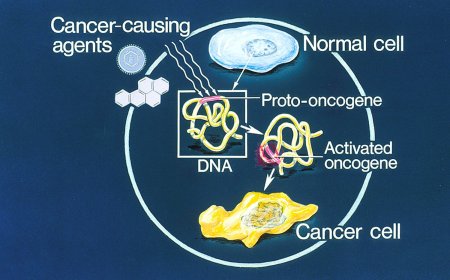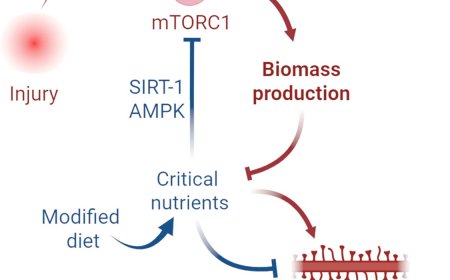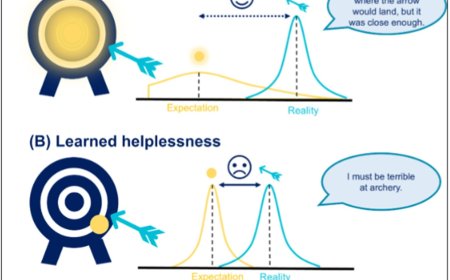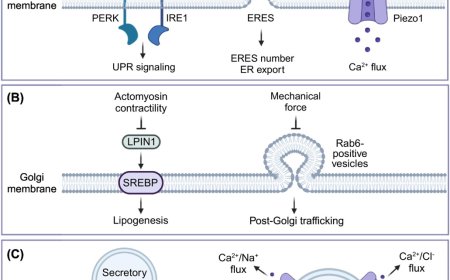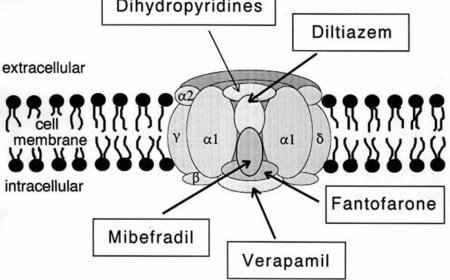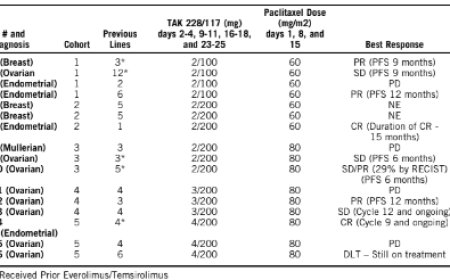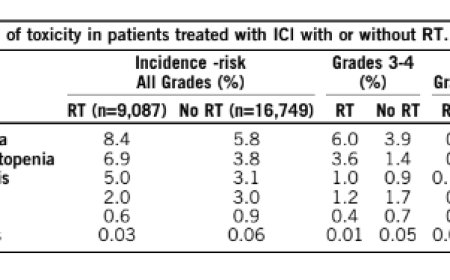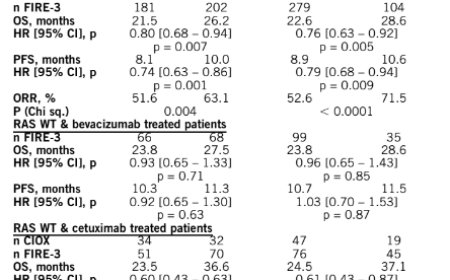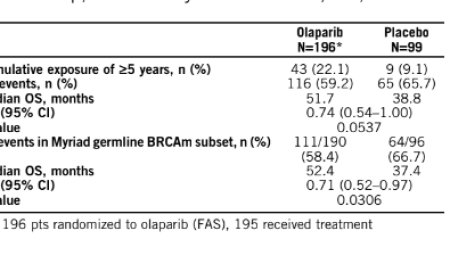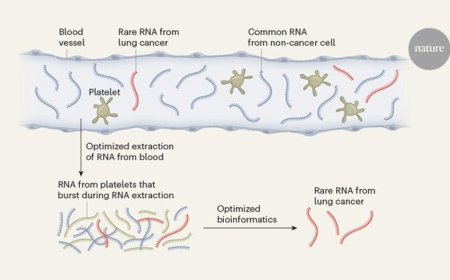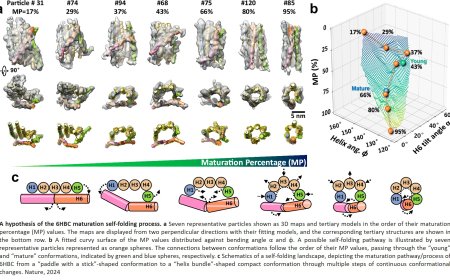Tool for RNA tertiary structure prediction

Ribonucleic acid, commonly known as RNA, is involved in many biological functions, and some, including gene silencing, are utilitized to cure diseases. RNA has recently gained attention as a promising drug target. Unfortunately, only a small fraction of RNA structures have been determined experimentally, and the process of uncovering these structures requires significant time and effort. Using this time scale, the structures of many life saving RNA may not be discovered for years. As a result, there is a significant gap between the types of known RNA and the available structural data.
Researchers have developed a computational solution to this problem named NuFold, which will model 3D RNA structures that could expedite medical discovery decades ahead of schedule. The research team published their findings in Nature Communications.
This result has wide-ranging potential applications, such as in understanding RNA mechanisms and in drug development for diseases involving RNA. NuFold’s code and Google Colab notebook are publicly available, making it accessible not only to researchers but also to anyone interested in RNA structural models. NuFold is a groundbreaking tool for more accurate and efficient RNA structure prediction, with the potential to significantly advance RNA research.
In order to sustain life, varieties of molecules need to work together. Proteins in these molecules have typically been the primary focus of research, but recently RNA has been found to play unique and broad roles in essential life functions. To understand how RNA functions, it is essential for scientists to know its 3D structure.
“NuFold is the RNA equivalent of AlphaFold. AlphaFold is the computational protein structure prediction method, which got the Nobel Prize in chemistry in 2024,” said the author. “AlphaFold is now routinely used in many biology labs. NuFold would be an RNA version of AlphaFold. So, in a way, we’re extending the breakthrough of AlphaFold into the world of RNA, which has been much more challenging to tackle. By modeling RNA's 3D structure, we can help bridge the gap created by the lack of experimentally determined structures, advancing research on RNA and its crucial roles in life and health.”
“It took over three years to develop NuFold,” said the main developer of NuFold. “A key feature of NuFold is how it represents RNA internally, considering the base pairs that are pivotal to the structure while accurately capturing RNA's inherent flexibility. In benchmark tests, NuFold has outperformed traditional energy-based methods and shown better accuracy in local structure prediction compared to recent deep learning-based approaches.”
NuFold will help researchers “visualize” how RNA structure would look and boost research progress and drug development with RNA.
“To solve problems that cannot be immediately addressed through experiments, we developed NuFold as a computational solution,” said the author. “NuFold can help bridge the gap by predicting the 3D structures of RNA from its sequence. By leveraging state-of-the-art machine learning techniques, NuFold can predict the full atomic structure of RNA given its sequence.”
